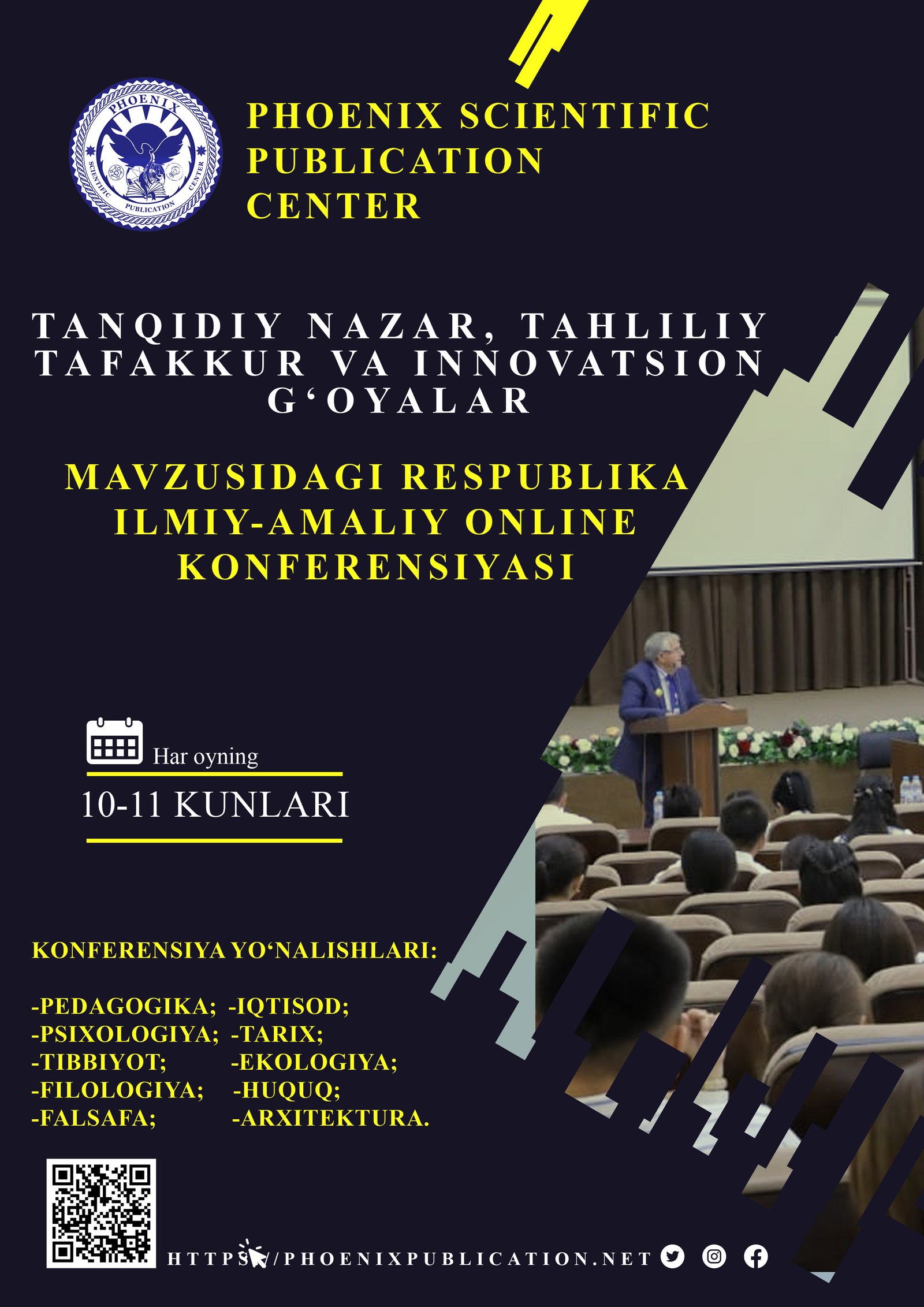Abstract
This article examines the challenges of translating cultural and heritage-related content from Uzbek newspapers into English, focusing on the linguistic and cultural barriers encountered in journalism. It emphasizes the critical role of translation in representing Uzbekistan's rich cultural identity to an international audience. Key challenges include conveying untranslatable concepts, adapting culturally specific references, and preserving the authenticity of idiomatic expressions and historical nuances. Through the analysis of articles from various Uzbek newspapers, the study identifies common translation issues and evaluates strategies used to address them, such as the use of contextual explanations, cultural equivalents, and supplementary notes. The findings reveal that effective translation not only requires linguistic proficiency but also a deep understanding of cultural contexts to ensure clarity and resonance for global readers. This research contributes to the field of translation studies by offering practical insights into translating culturally rich content for international news platforms. This study explores the translation issues associated with cultural and heritage topics in Uzbek newspapers translated into English. It investigates the linguistic challenges and cultural nuances that complicate the process of making Uzbekistan's cultural identity accessible to an international audience. The research identifies common problems, such as translating culturally bound terms, idiomatic expressions, and historical references, and highlights the strategies employed to overcome them, including cultural adaptation and explanatory notes. By analyzing examples from Uzbek newspapers, this article underscores the importance of culturally sensitive translation practices in journalism and provides recommendations to improve the global representation of Uzbekistan’s cultural and historical heritage.References
1. Translation methods and techniques of publicistic materials, А. Н. Касимова. Международный журнал искусство слова 5 (3)
2. Must-know skills to translate newspaper articles, A. K. Nosirovna, Scientific bulletin of namangan state university, 281-287
3. Ijtimoiy-siyosiy nutq va uning lingvistik xususiyatlari, А Касимова, Ф Явкочева. Зарубежная лингвистика и лингводидактика 1 (5), 109-114
4. Modern methods of teaching to translation of publicistic texts, A. K . Nosirovna. SamDChTI, “Xorijiy filologiya: til, adabiyot, ta'lim”
5. Fusté-Forné, F., & Nguyen, T. Communities of Practice, Identity and Tourism: Evidence on Cultural Heritage Preservation in World Heritage Sites. Almatourism-Journal of Tourism, Culture and Territorial Development, 9, 18 (2019).
6. Dang, L. N. T. Preserving and Promoting Colonial Architecture. Culture and Local Governance, 6, 2 (2019).
7. Son, L. M., & Dang, L. N. T. Preserving and Promoting Colonial Architecture: Heritage Conservation and the Challenge of Urban Development in Da Nang City. Culture and Local Governance/Culture et gouvernance locale, 6, 2 (2019).
8. Wells, Jeremy & Stiefel, Barry & Bliss, Annamarie. Human-Centered Built Environment Heritage Preservation: Theory and Evidence-Based Practice. (2018)
9. Холиков, Б. (2024). Образы пери (феи) и дэв (бесов) в циклах узбекского эпоса “Гороглы”. Зарубежная лингвистика и лингводидактика, 2(5), 171-175.
10. Бушуй, А. М., & Яхшиев, А. А. (1984). Библиографический указатель по общему и прикладному языкознанию. Диалог и монолог. Самарканд: СамГУ.
11. Ubaydullaeva, S., Umurova, G., Botirova, S., Yakhshiev, A., Mavlyanova, U., Nazirova, S., ... & Kim, O. (2024). Modular Web-based Learning Model to Address Underdeveloped ICT Infrastructure for Smart E-learning Education System. Journal of Internet Services and Information Security, 14(4), 450-461.
12. АНОРҚУЛОВ, С. И. (2019). FEATURES OF THE STRUCTURE OF THE TOPONYMS OF GERMAN AND UZBEK LANGUAGES. Иностранные языки в Узбекистане, (1), 171-178.
